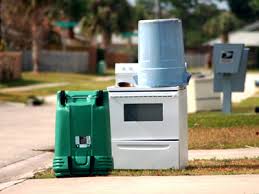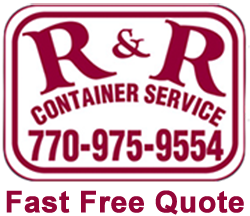The United States and its e-waste
 Two of the biggest producers of e-waste are the United States and China. What exactly is e-waste? It’s an informal, put popular name for any piece of electronic equipment that uses a cord and is nearing the end of its useful life. Some of the more common products are televisions, computers, stereos, smart phones, kitchen appliances, copy machines and printers. Most of these electronics can be recycled, reused or refurbished.
Two of the biggest producers of e-waste are the United States and China. What exactly is e-waste? It’s an informal, put popular name for any piece of electronic equipment that uses a cord and is nearing the end of its useful life. Some of the more common products are televisions, computers, stereos, smart phones, kitchen appliances, copy machines and printers. Most of these electronics can be recycled, reused or refurbished.
Though surprisingly, neither the US nor China has the top spot for e-waste per capita in the world.
Research has shown that only one sixth of e-waste is recycled. The remaining gadgets ends up in landfills where they are commonly stripped of valuable parts and left to leach toxic materials into the ground.
“Worldwide, e-waste constitutes a valuable urban mine – a large potential reservoir of recyclable materials,” said United Nations Under-Secretary-General David Malone.
Another interesting fact it that the majority of e-waste does not come from computers or cell phones. That type of technology only makes up about 6 percent of the world’s e-waste. The biggest culprits are home appliances like microwaves, toasters, dishwashers, vacuum cleaners and refrigerators.
The conclusion on e-waste research is that it will only get worse. By 2018 e-waste is projected to rise 20 percent.
Call R and R Container Service to find out the best way to recycle e-waste.
Why recycle?
- The products contain many valuable materials such as copper, aluminum, silver, gold, plastics, and other metals.
- Some electronics can be refurbished, reused, and recycled instead of being sent to a landfilled which will only aid our natural resources.
- E-waste contains hazardous and toxic elements including lead, mercury, cadmium, chemical flame retardants and chromium. Abandoned in landfills these materials will leach into our soil and water.
Contact R & R Container Service today at 770-975-9554, or browse the website for more information about container dimensions, container services and how to keep e-waste from taking over our landfill.

